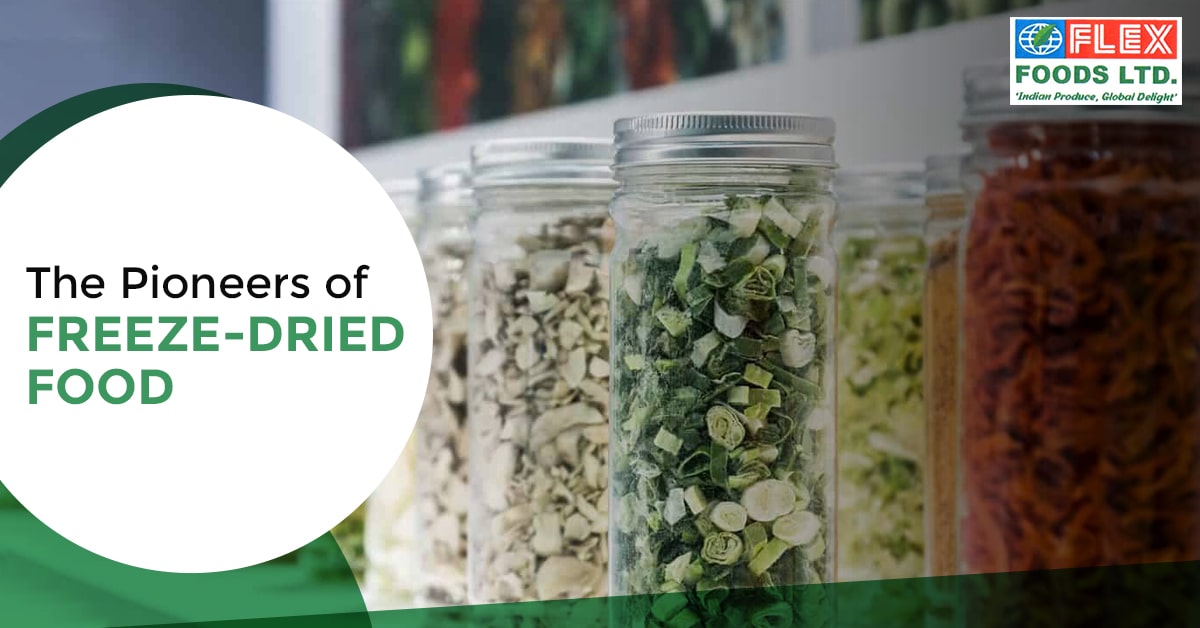The materials you freeze dry matter. High-quality ingredients yield better results. They affect the freeze drying process. They also impact the final product quality. Fresh produce freezes better.
Let's explore the sourcing process in detail below.
The Impact of Sourcing on Freeze Drying Process
Freezing StageThe freezing stage is critical. Ingredient quality affects freezing patterns. Uniform freezing is ideal. It leads to better sublimation. High water content ingredients freeze differently. They may require special techniques.
Source ingredients with consistent properties. This helps maintain process control. It also ensures reproducibility.
Primary DryingDuring primary drying, sublimation occurs. The source material's structure matters here. Dense materials may resist vapor flow. This can prolong drying times.
Choose ingredients that facilitate efficient drying. Consider pre-treatments if necessary. Some ingredients may benefit from concentration before freeze drying.
Secondary DryingSecondary drying removes bound water. The nature of the source material is crucial. Some ingredients bind water more strongly. This can affect the final moisture content.
Source materials with known moisture-binding properties. This allows for better process optimization.
Steps of Sourcing Fruits or Vegetables for Freeze Drying
Sourcing for freeze drying requires careful planning. Follow these steps for best results.
- Identify ideal varieties. Some fruits and vegetables freeze dry better than others. Research which varieties maintain flavor and texture.
- Choose peak ripeness. Overripe produce can lead to mushy results. Underripe may lack flavor. Aim for perfect ripeness.
- Consider growing regions. Climate affects production quality. Source from regions known for high-quality harvests.
- Evaluate farming practices. Organic or conventional? Each has pros and cons for freeze drying. Decide based on your product goals.
- Assess post-harvest handling. How quickly is produce cooled after harvest? This affects quality. Faster cooling often means better results.
- Check for certifications. Look for GAP (Good Agricultural Practices) certifications. These ensure food safety standards.
- Establish relationships with growers. Direct relationships can ensure better quality control. They also allow for custom growing arrangements.
- Plan for seasonality. Many fruits and vegetables are seasonal. Develop a year-round sourcing strategy. Consider frozen options for off-season needs.
- Implement quality checks. Develop a system to check incoming produce. This ensures only the best enters your freeze drying process.
- Consider pre-processing needs. Some produce like freeze-dried sweet corn may need cutting or blanching before freeze drying. Factor this into your sourcing decisions.
Quality Control Considerations
Sourcing affects quality control. Consistent sources lead to consistent products. This makes quality control easier. It also ensures regulatory compliance.
Establish supplier quality agreements. Regular audits may be necessary. This ensures ongoing compliance with standards.
Traceability
Traceability is increasingly important. It's crucial in the food and pharma industries. Source from suppliers with robust traceability systems. This helps in case of recalls or quality issues.
Consider implementing blockchain technology. It can enhance traceability throughout the supply chain.
Consider implementing blockchain technology. It can enhance traceability throughout the supply chain.
Cost Considerations
High-quality sources may cost more. But they often lead to better outcomes. Consider the total cost of ownership. Cheaper ingredients may lead to process inefficiencies.
Invest in relationships with reliable suppliers. Long-term partnerships can lead to cost savings. They also ensure consistent quality.
Challenges in Sourcing for freeze-drying
Seasonal VariationsMany natural ingredients are seasonal. This can affect availability and quality. Plan for seasonal variations. Consider stockpiling when quality is high.
Work with multiple suppliers in different regions. This can help mitigate seasonal effects.
Global Supply Chain IssuesDiversify your sources. Don't rely on a single supplier or region. Consider local options when possible. This is particularly useful in the case of freeze-dried mango. Invest in supply chain management tools. They can help predict and mitigate disruptions.
Regulatory ComplianceDifferent regions have different regulations. This affects sourcing decisions. Stay informed about regulatory changes. They can impact ingredient availability.
Work with regulatory experts. They can help navigate complex compliance landscapes.
Future Trends in Sourcing for Freeze Drying
Artificial Intelligence in SourcingAI can predict quality based on various factors. It can also help manage complex supply chains. Consider implementing AI-driven sourcing tools. They can lead to better outcomes and efficiency.
Vertical IntegrationSome companies are moving towards vertical integration. This means controlling more of the supply chain. It can ensure better quality control. It also reduces dependency on external suppliers.
Evaluate if vertical integration makes sense for your business. It requires significant investment but can pay off long-term.
Novel IngredientsNew ingredients are constantly emerging. Some offer unique freeze-drying properties. Stay informed about ingredient innovations. They may offer competitive advantages.
Collaborate with research institutions. They often lead to the discovery of novel ingredients for freeze-dried vegetable manufacturers in India .
Conclusion
Sourcing is a critical aspect of freeze drying. It affects every stage of the process. Quality ingredients lead to quality products. They also ensure process efficiency.
Consider sourcing as a strategic function. Invest in relationships with suppliers. Stay informed about industry trends.

